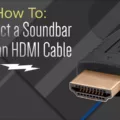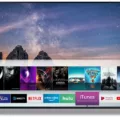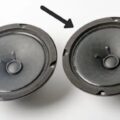The High Definition Multimedia Interface (HDMI) is a popular digital interface used for transmitting both audio and video signals. It has become the industry standard for connecting devices such as televisions, gaming consoles, and DVD players. However, as technology evolves, so do the needs of consumers. This has led to the development of mini and micro HDMI connectors.
The first thing to note is that mini HDMI and micro HDMI are simply smaller versions of the standard HDMI connector, also known as Type A. Mini HDMI, also known as Type C, was introduced in 2006 and measures 10.42 mm x 2.42 mm. Micro HDMI, also known as Type D, was introduced in 2009 and measures 6.4 mm x 2.8 mm. Both mini and micro HDMI connectors are compatible with HDMI 1.4 specifications.
So, what are the differences between mini and micro HDMI? The main difference is their size. Mini HDMI is larger than micro HDMI and is more commonly used in devices such as digital cameras, camcorders, and some tablets. Micro HDMI, on the other hand, is even smaller than mini HDMI and is typically used in smartphones and other mobile devices.
Despite their size differences, both mini and micro HDMI connectors offer the same performance as standard HDMI connectors. They support high-definition video resolutions up to 1080p and provide high-quality digital audio. Additionally, both connectors feature a compact design that allows for easy portability and convenience.
When it comes to choosing between mini and micro HDMI, it ultimately depends on the device you are using. If you have a larger device such as a digital camera or tablet, you may want to consider using a mini HDMI connector. However, if you are using a smaller device such as a smartphone, a micro HDMI connector may be the better choice.
Mini and micro HDMI connectors are smaller versions of the standard HDMI connector that offer the same performance and quality. They are designed to meet the needs of consumers who require a more compact digital interface. When choosing between mini and micro HDMI, consider the device you are using and select the appropriate connector for optimal performance.
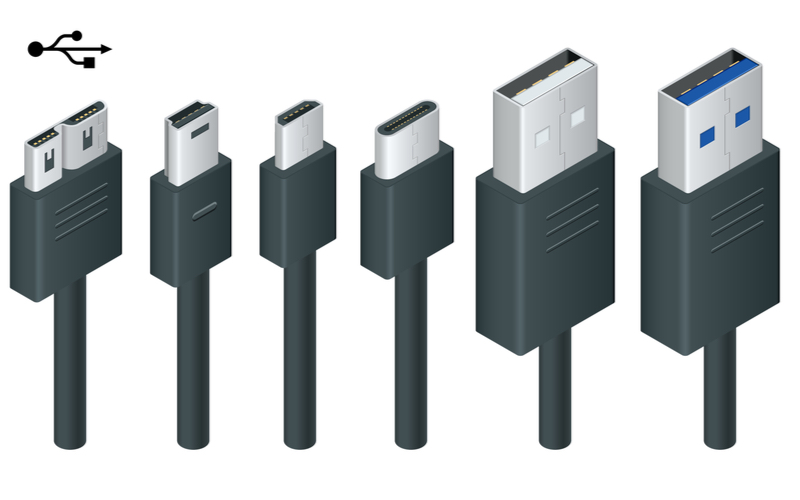
Are Mini HDMI and Micro HDMI the Same?
Mini HDMI and micro HDMI are not the same, but they serve the same purpose. Both are types of HDMI connectors used for transmitting high-quality audio and video signals between devices. The main difference between the two lies in their size. Mini HDMI is slightly larger than micro HDMI and is commonly found in cameras, tablets, and laptops. On the other hand, micro HDMI is even smaller and is usually found in smartphones and other portable devices. Apart from size, both connectors offer the same performance and features. Therefore, it is important to check the type of connector required by your device before purchasing an HDMI cable.
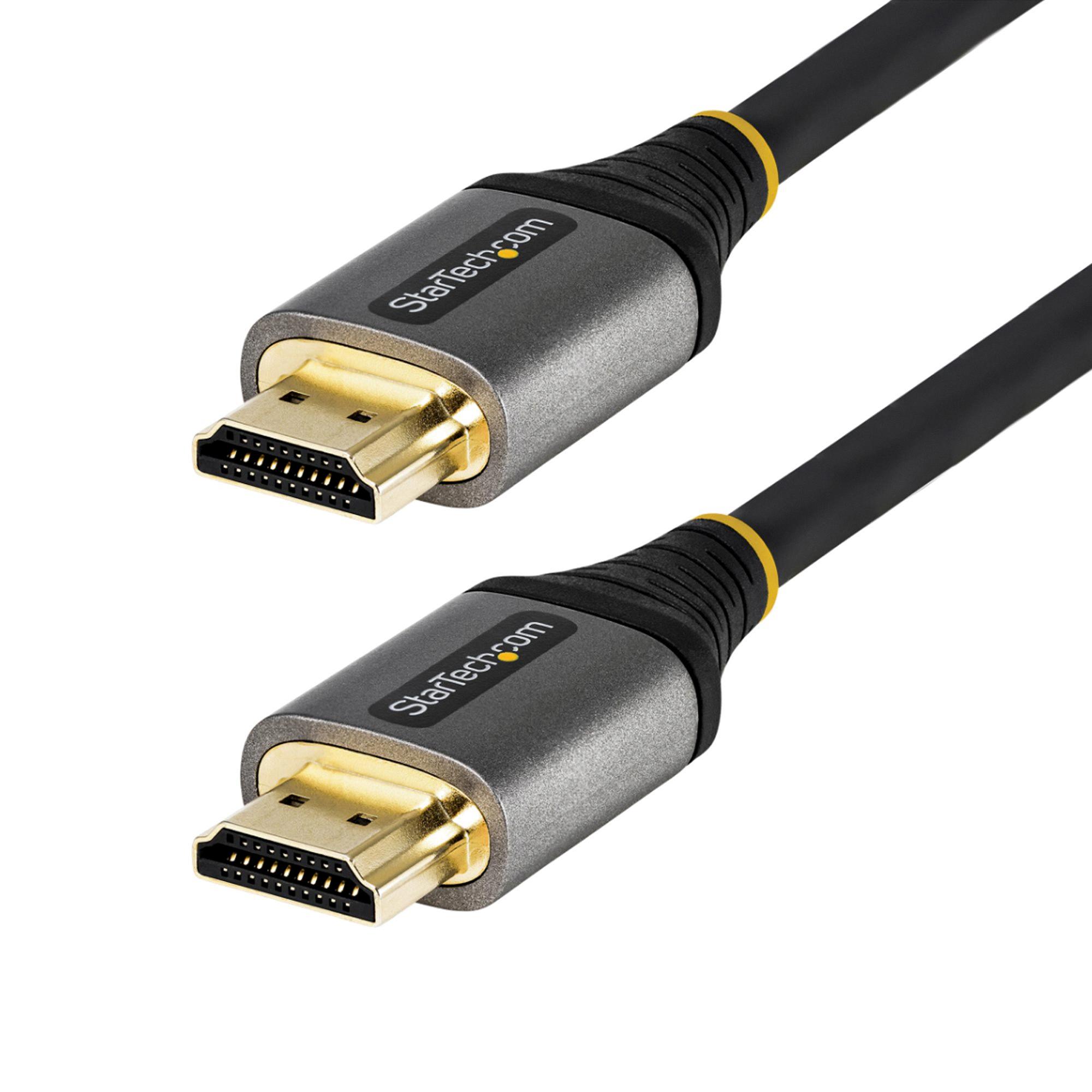
The Purpose of Mini HDMI
The point of mini HDMI, also known as HDMI type D, is to provide a smaller version of the High Definition Multimedia Interface specification that is capable of combining audio and video into a single digital interface. This smaller format is designed to be used with smartphones, tablets, and other mobile devices that require a more compact connector. Mini HDMI allows for high-quality audio and video signals to be transmitted between devices without the need for multiple cables or adapters. the point of mini HDMI is to provide a convenient and efficient way to connect mobile devices to larger displays or audio systems.
Comparing Mini HDMI and USB C
Mini HDMI and USB Type-C are not the same. Mini HDMI is a type of connector used for transmitting audio and video signals between devices. It is a smaller version of the standard HDMI connector and is commonly used in devices such as cameras, camcorders, and some laptops.
On the other hand, USB Type-C is a type of connector that can be used for a variety of purposes, including charging devices, transferring data, and transmitting audio and video signals. However, USB Type-C does have the ability to transmit audio and video signals, much like Mini HDMI.
While both Mini HDMI and USB Type-C can be used for audio and video transmission, they are not interchangeable as they have different physical connectors and specifications. It is important to check the compatibility of your devices before attempting to connect them using either of these connectors.
Conclusion
HDMI has become the standard interface for transmitting high-quality audio and video signals in the modern digital era. Whether it’s for home entertainment systems or mobile devices, HDMI connectors provide a reliable and efficient way to connect different devices and enjoy high-definition content. With the introduction of micro-HDMI and mini-HDMI connectors, HDMI has become even more versatile and adaptable to various devices. As technology continues to evolve, HDMI is sure to remain a crucial component in the world of digital media.




